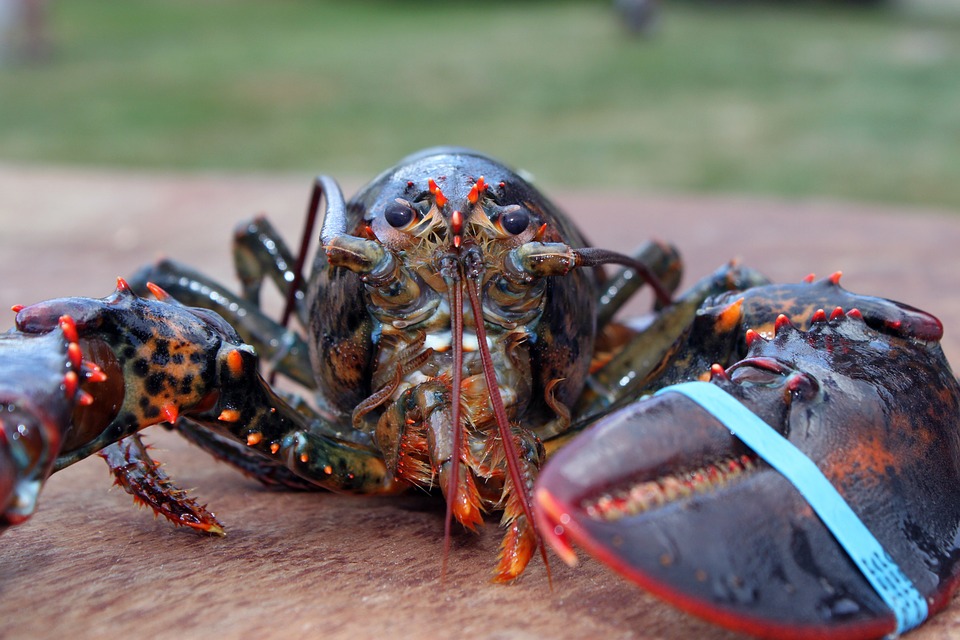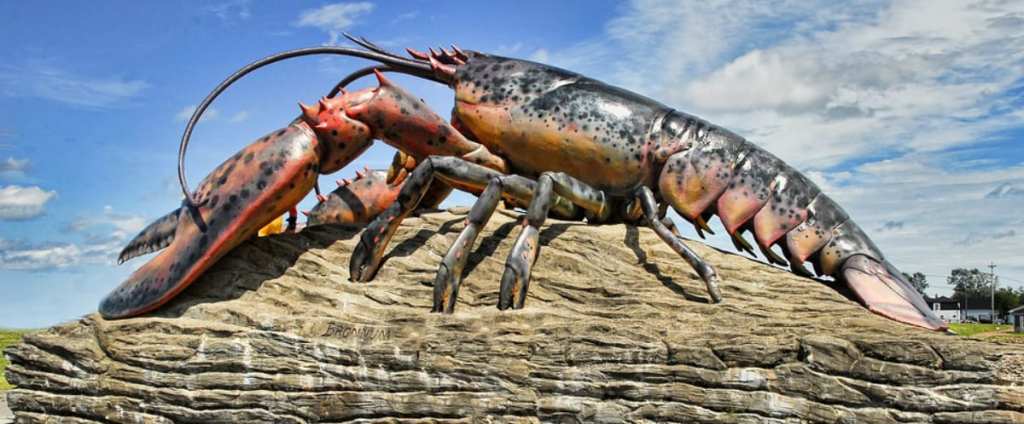The idea that lobsters mate for life has been made famous by popular culture (specifically Friends, for me, even though I could write a dissertation on why Ross should never have been Rachel’s lobster and vice versa).
But is it true?

Photo Credit: Pixabay
A female lobster who is ready to mate – which happens only right after she’s molted – sidles up to the den of the local dominant male and fans her pheromone-laced urine into his pad to let him know she’s available. After a brief courtship, he allows her inside, where she stays for anywhere between a few hours to a few days, until she sheds her exoskeleton.
The pair mates, and she sticks around for protection while her new shell hardens before taking off to gestate her eggs alone. On her way out, she probably skitters past the next female lobster on her way to the same dominant male’s den, intent on collecting his sperm for her own little ones. Females in a small area will even stagger their molts to make sure that two of them aren’t trying to play the seduction game at the same time.

Photo Credit: Pixabay
There are sometimes cases when the male doesn’t have or provide enough sperm to fertilize all of the female’s eggs, in which case she’ll leave before her new shell hardens and go in search of another (or perhaps more than one) male to finish up.
So, sorry Hollywood, but the sex life of a lobster isn’t all that romantic, and it’s certainly not a paragon of monogamy.
But it’s worked for a long-ass time, so I guess don’t knock it until you’ve tried it.

Photo Credit: Pixabay
Other fun facts about lobsters, just because:
- They keep growing until they die, but the largest ones we typically run across are around 30lbs.
- They’re cannibals. They eat fish, so if they’re hungry and they see another lobster, well…
- They don’t scream when you cook them. The sound when they’re boiling is the air being forced out of their stomach.
- They can regenerate limbs. It takes awhile, but they can do it.
Lobsters are still pretty cool, even if they don’t mate for life, right?






